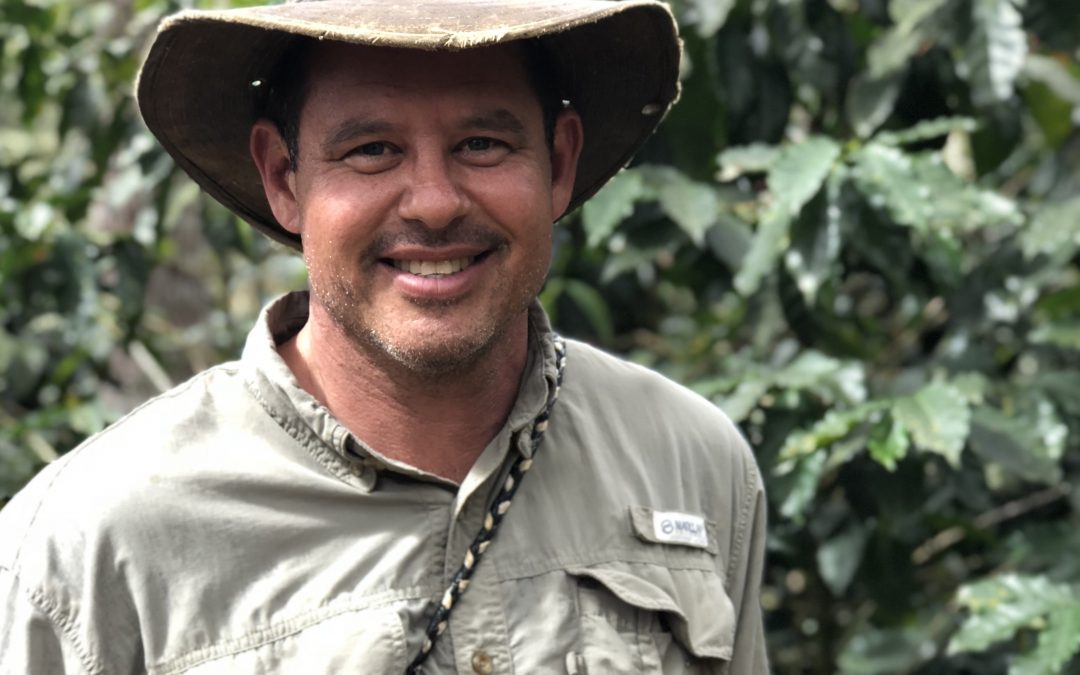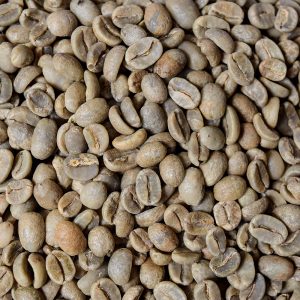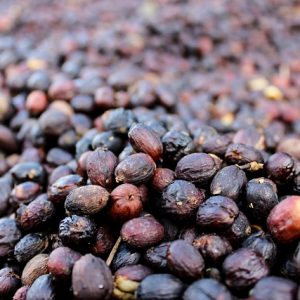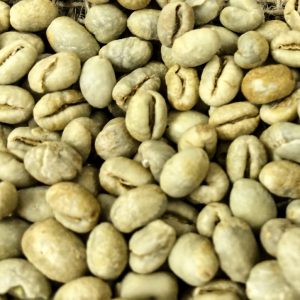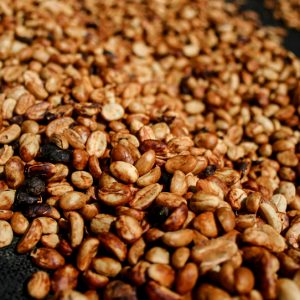Experimentation & Better Practices
What we are doing different this winter to make sure your coffee next summer is amazing.

Picking perfectly ripe coffee cherries is the most objective and visually measurable factor in supplying quality coffee.
The Specialty Coffee Culture has changed and for those of us who grow the coffee, it’s a challenging season. Roasters and coffee shops are looking for unique and exotic, which we see as an opportunity to further develop our craft. if you appreciate the complexity of golf, growing coffee is much the same. We deal with so many factors…. some we can control…some we have no control over. This winter we are tweaking most every factor we have influence over, from harvest to processes.
We are ONLY picking completely fully ripe coffee cherries. We monitor how we are doing regularly using a digital refractometer to measure Brix. The higher the sugar level of the fruit surrounding the bean, the more fully developed the coffee bean will be. Our pickers are honing their skills in evaluating what ‘optimal ripeness’ of a coffee cherry looks like…leaving ‘almost ripe’ cherries on the plants to be picked the following week.
Processes…Experiments in Fermentation

Cupping our coffees with good friend and mentor farmer Alfredo Diaz.
Fermentation has been a staple in coffee production for 100’s of years. Some time ago, coffee farmers began to move away from using fermentation as a way to separate the pulp from the coffee seeds and developed mechanical methods to remove the pulp to better control the washed process. For others, looking for coffees with extraordinary…exotic and unique notes, fermentation is necessary. Fermentation can be risky business with coffee yet potentially produce brilliant results. This winter, we began to experiment with several anaerobic fermentation processes, in addition to the standard fermentation that happens with our honey and natural coffees drying on raised beds. We’ve already finished several iterations and had some amazing results. Thanks to our local Dominican partner roasters who walk with us and provide regular feedback, we are able to make immediate shifts in how we Tweak our recipes.

Partner Roasters spending the day at Spirit Mountain and collaborating
Successful coffee farmers tend to be understandably protective of their proprietary secrets as to how they obtain their spectacular results…so we just work through trial and error, iteration after iteration, pushing each variable, improving factors in quality, until we push too far…then backing off. It’s chemistry class all over again and I’m having a lot more fun now this time around! Coffee fermenting is like a mash up between wine making and brewing beer. There is so much happening today with coffee, so many innovations. There has never been a more exciting time to be involved in the agricultural / beverage industry.
Feeding our Plants….Soil Preparation

Adding Ash to our soils improves the nutrient uptake and protects plants from fungus and molds living in the soils.
We are what we eat…this saying applies to coffee as well. We’ve gone to great lengths to ensure optimal soil conditions for our coffee plants. Within months of acquiring the farm, we started a reforestation program, planting a divers, multi-storied shade canopy which adds a layer of composted leaf litter each year. More than 100,000 trees have been planted strategically throughout the farm…many of which already exceed 60 feet in height. Each year we add organic compost made up of a mixture of manure, decomposed coffee pulp and ash. This year we started adding even more ash to the soils around our coffee plants to further improve the quality of our soils. Some of the best coffees around the world are grown on the sides of volcanoes, and it is no secret that volcanic soils, rich in ash, influences the quality of the coffee.

